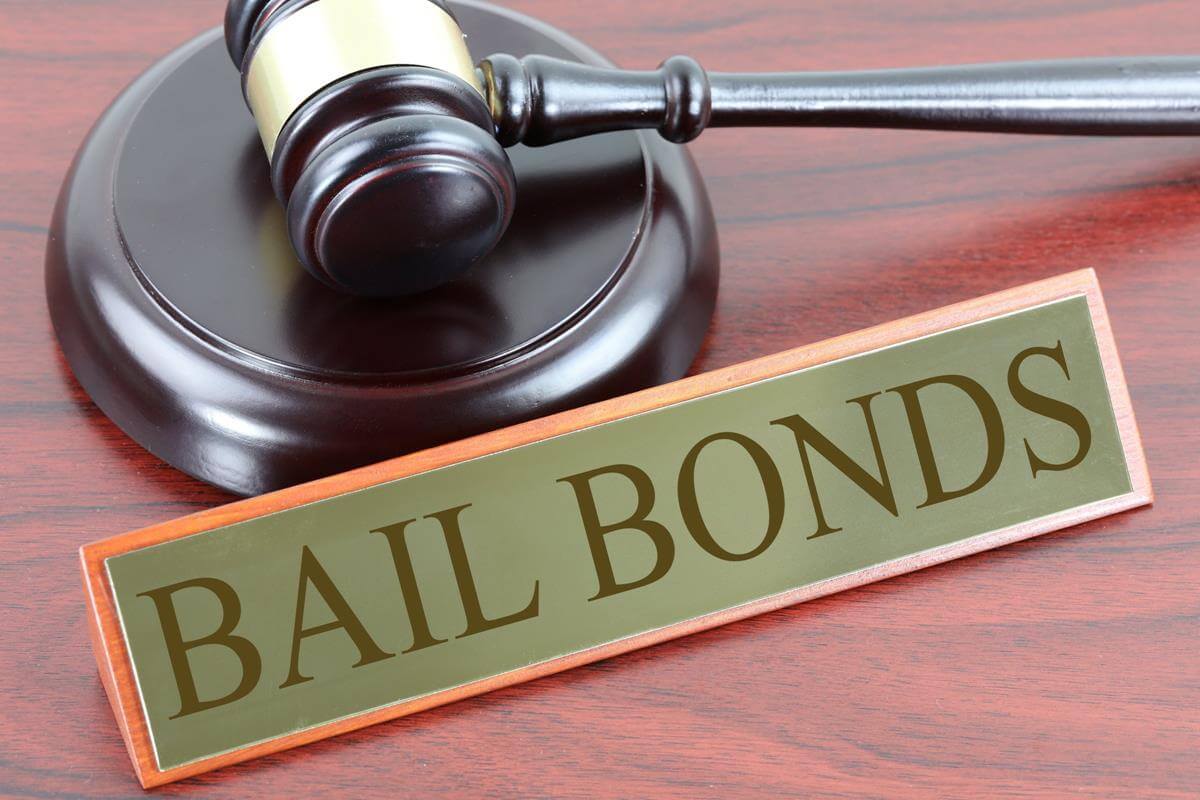Leading Tips for Working Efficiently with a Bail Bondsman
Leading Tips for Working Efficiently with a Bail Bondsman
Blog Article
Just How Bail Bonds Job: A Detailed Summary
Bail bonds play an essential role in the legal process by providing a mechanism for people to safeguard their launch from custody while waiting for trial. Comprehending the intricacies of how bail bonds function, consisting of the roles of courts, bail bondsmensman, and the numerous costs entailed, can be necessary for any person navigating this complicated system. As we explore the various kinds of bail bonds and the factors that influence their prices, it becomes noticeable that the responsibilities tied to these contracts extend much past simple economic transactions. What ramifications do these responsibilities hold for accuseds and their families?
What Are Bail Bonds?
Bail bonds are frequently made use of in the criminal justice system as a financial warranty that a charged individual will appear in court as needed. When a person is detained, a judge may establish a bond amount based on numerous factors, consisting of the seriousness of the offense, the accused's criminal background, and the risk of flight. If the implicated can not afford the bail amount, they might look for the help of a bail bondsman.
A bail bond is an agreement in between the defendant, the bail bondsman, and the court, making sure that the defendant will certainly accomplish their lawful responsibilities. In exchange for a charge, commonly a portion of the total bail quantity, the bail bondsman provides the court with a surety that ensures the bail. If the accused stops working to appear in court, the bondsman is in charge of paying the full bail amount to the court, which may lead them to go after the defendant for healing.
Bail bonds offer to facilitate the launch of individuals waiting for test, permitting them to preserve their work and family duties while making sure compliance with court appearances. This system is essential to balancing the legal rights of the implicated with the interests of public security and judicial stability.
The Bail Process Explained
After understanding the function of bail bonds in the criminal justice system, it is very important to lay out the bail process itself. The bail procedure starts when an individual is jailed and nabbed. Following the apprehension, the accused is usually brought before a court for a preliminary hearing, where the court will establish whether to grant bail and established the amount.
If bail is granted, the offender has numerous options to secure their launch. They might pay the full bail amount in cash, which is returned upon the conclusion of their court commitments. Alternatively, the defendant can seek the support of a bail bondsman, that bills a non-refundable fee-- typically a portion of the overall bail quantity-- to post bail on their part.
Once bail is published, the offender is released from safekeeping with the understanding that they should attend all scheduled court looks. Failing to show up can cause the forfeiture of the bail and additional legal repercussions. The procedure wraps up when the instance is dealt with, whereupon the bail is either returned or maintained by the bail bondsman as payment for their services.

Kinds Of Bail Bonds
Many options exist when it comes to securing a release from custody through bail bonds. Comprehending the different kinds can assist defendants and their households make informed selections.
The most typical kind is the guaranty bond, which includes a third-party bail bondsmansman who assures the full bail amount to the court in exchange for a Full Report non-refundable cost, commonly around 10% of the bail amount. This choice is widely utilized because of its accessibility for people that might not have the economic methods to pay the full bail upfront.
Another type is the cash bond, where the defendant or a co-signer pays the overall bail quantity in money directly to the court. Upon successful conclusion of the instance, the funds are refunded, minus any type of suitable costs.

Last but not least, migration bonds are especially developed for individuals apprehended by migration authorities, facilitating their release while they wait for lawful process. Each kind of bail bond serves distinctive purposes, providing to numerous situations and needs within the legal system.
Factors Influencing Bail Prices
A number of crucial factors influence the overall expense of bail, identifying just how much a defendant or their household click for source may require to spend for release. One of the key factors is the seriousness of the fees. Felony fees typically result in greater bail amounts contrasted to violations as a result of the perceived risk of flight and the possible effects of the crime.

The defendant's financial situation can also impact the bail amount. Courts may take into consideration an offender's earnings and assets when figuring out bail, potentially leading to higher prices for those with greater funds. Last but not least, the schedule of security may impact the necessary payment. If a bondsman regards a higher danger, they might set a greater premium, more boosting the prices connected with protecting a bail bond. Recognizing these aspects can assist offenders and their households plan for the financial implications of securing bail.
Responsibilities of the Indemnitor
Once bail has been protected, the responsibilities of the indemnitor, or the individual that consents to back the bail bond, come right into play. The indemnitor is mainly in charge of making certain that the defendant participates in all arranged court appearances. Failing to do so may cause the forfeit of the bail bond and potential lawful effects for the indemnitor.
Additionally, the indemnitor is bound to pay back the bail bond firm the full amount of the bond if the accused falls short to appear in court. This includes any kind of charges or costs sustained by the bail representative in recovering the defendant, which may additionally rise the monetary concern on the indemnitor.
The indemnitor has to additionally preserve open interaction with both the defendant and the bail bondsman, supplying any necessary updates connected to the accused's situation. It is necessary for the indemnitor to stay familiar with the legal responsibilities and repercussions connected with the bail bond, as ignorance may result in unplanned liabilities.
Verdict
In summary, bail bonds act as a critical mechanism within the criminal justice system, helping with the launch of accuseds while guaranteeing their appearance in court. Comprehending the numerous kinds of bail bonds, the details of the bail procedure, and the variables affecting bail prices is essential for browsing this complex landscape. In addition, awareness of the duties borne by the indemnitor highlights the importance of notified decision-making when involving with bail bond solutions.
Understanding the intricacies of exactly how bail bonds operate, including the roles of courts, bail bondsmen, and the different charges included, can be necessary for anybody navigating this complex system.After comprehending the role of bail bonds in the criminal justice system, it is vital to detail the bail procedure itself. The accused can seek the assistance of a bond bondsman, that bills a non-refundable fee-- typically a percent of the total bail amount-- to post bail on their part.
If a bail bondsman views a higher threat, they might set a greater premium, additional enhancing the prices associated with protecting a bail bond. Comprehending the different kinds of bail bonds, the ins and outs of the bail procedure, and the variables affecting bail costs is important for browsing this facility landscape.
Report this page